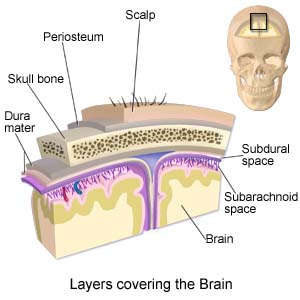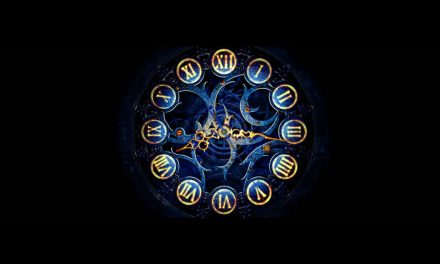Curiously, the brain lacks pain receptors and so can’t experience pain itself, which allows neurosurgeons to study brain function using fully conscious patients, using just a local anaesthetic when opening up the skull and tissue around the brain. So while our legs or arms give us a lot of pain after a hard workout, our brains can spend hours pondering the intricacies of the workings of how to assemble that Ikea wardrobe without discomfort. The real source of “brainache” is most likely to be prolonged tension in the neck and scalp muscles caused by spending too long in a tense, hunched position.

Most commonly headaches are due to Overstretching of Dura-Mater
So equally when you get a “headache” what you’ve got is pain in the head or face, and sometimes, this also includes pain in the upper neck. Pain sensitive structures in the head and face include the skin, bone and structures in the eyes, ears, nose and mouth. Also, the large blood vessels of the head are exquisitely sensitive and these are the principal organs causing pain in vascular headaches, such as migraines. The jaw hinge (called the temporomandibular joint) and the teeth can also generate headache. The brain itself is not pain sensitive and is not a source of head pain. The most common type of headache is the tension or muscle contraction type, which is frequently caused by spasms in the neck muscles and the muscles of mastication (chewing). This type of headache is usually treated easily by over-the-counter medications. More intense headaches are caused by unknown mechanisms. Most theories of vascular headache involve the relationship between the nerves and the blood vessels, both of which can be sensitive.
So, to answer the question…
In a Nutshell : NO it’s not possible to cause your brain to ache if you think too much.
If you’re interested in how “How Does Aspirin Find a Headache?” checkout our article entitled “Pontifications – answers to the fluff of everyday life“





